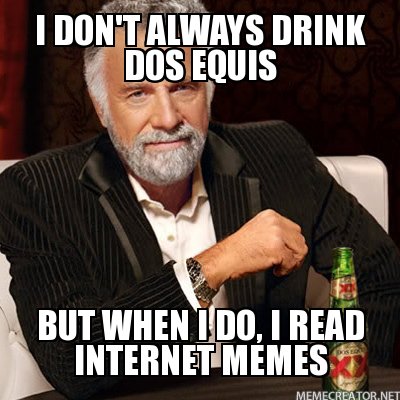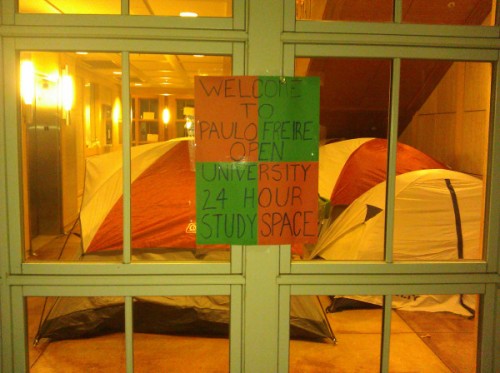This is a video from a talk given by James Bridle, one of the main forces behind the New Aesthetic Blog, about the ways in which he is seeing the collision between machine and human happen, and the transformations which are being brought to by it society.
I have to say that it is pretty phenomenal, and touches on some of the aspects already talked about on this blog. For example Bridle touches briefly on the phenomena of documentary vision, which has been discussed extensively on this site, just after the 30 minute mark of the talk.
While some aspect of a digital dualism is still present in the language of the talk, the references to real as dichotomous with digital (which may be inevitable in trying to talk about these things), I still think that Bridle covers an amazing breadth of ways in which the digital and physical are bleeding into each other and collapsing any reasonable difference between the two. He really highlights, and shows, how humans are developing ways of seeing which are dependent on our technology, on the ways which are machines see. As well as how the machines are developing ways of seeing which are dependent on our own naturalized concepts of vision and perception, they are learning to see like us.
I think this is an important aspect of the entire cyborgology exercise. That we are developing characteristics which are influenced by our machines and technology (and that we always have), and that our technology also develops characteristics which are like us. I think it further breaks down the divide between ‘real’ and ‘virtual’, and shows how person and machine merge into a social space made up of equal parts of both.
All in all it is a really excellent talk, and well worth watching. I felt as though it absolutely needed to be shared here.






